


A Ball Lens consists of a highly transparent spherical ball, usually made of solid glass (fused silica) or another optical material with index of refraction less than. Most ball lenses are made with small diameters - a few millimeters or even less than a millimeter. The optical physics can be understood by realizing these lenses are, equivalently, two plano-convex lenses separated by a parallel plane. Spherical aberration is inherent in all ball lenses, but becomes a problem if light propagation isn't restricted to a small fraction of the lenses cross-section. The ratio of the diameter of the ball lens and the diameter of the input source is denoted as d/D, and when this number increases, the focus spot size at the back focal length of the lens also increases.
A Ball Lens consists of a highly transparent spherical ball, usually made of solid glass (fused silica) or another optical material with index of refraction less than. Most ball lenses are made with small diameters - a few millimeters or even less than a millimeter. The optical physics can be understood by realizing these lenses are, equivalently, two plano-convex lenses separated by a parallel plane. Spherical aberration is inherent in all ball lenses, but becomes a problem if light propagation isn't restricted to a small fraction of the lenses cross-section. The ratio of the diameter of the ball lens and the diameter of the input source is denoted as d/D, and when this number increases, the focus spot size at the back focal length of the lens also increases.
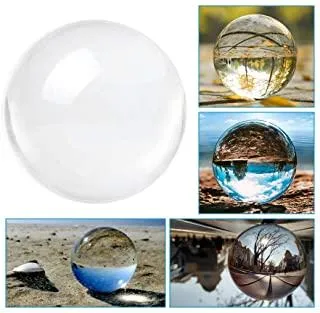
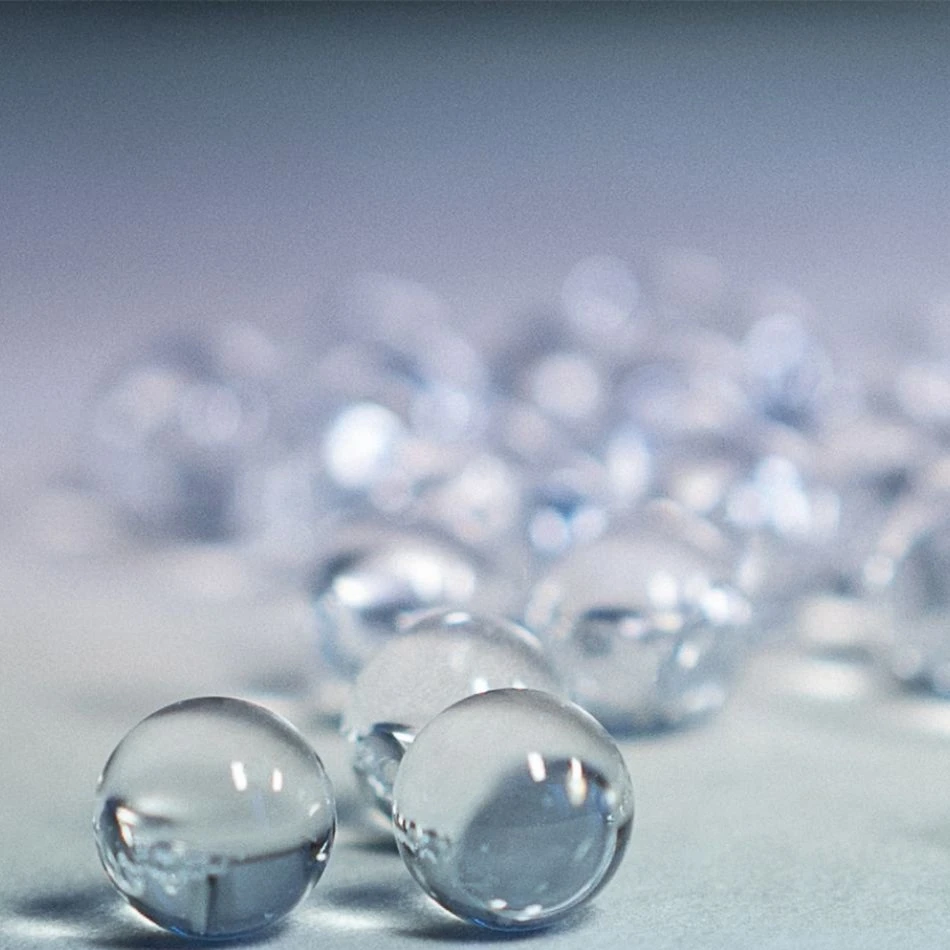

Ball lenses are used particularly as beam collimators for optical fibers (fiber collimators) and for fiber-to-fiber coupling. They are also suitable for miniature optics with applications like barcode scanning, as objective lenses in endoscopy and for optical sensors. There are also microscope objectives (particularly immersion objectives) which have a hyperhemisphere (e.g., somewhat more than a hemisphere) as the first lens. Ball lens is an important optical element, mainly made of optical glass and other materials. It is used for coupling between optical fibres, between lasers and optical fibres, and between optical fibres and detectors, or for the collimation of fibre beams in dense wavelength division multiplexers. Ball lenses are also known as glass beads. It is a solid or hollow glass bead with a diameter of several microns to dozens of microns. Its application fields involve chemical industry, military industry, aerospace, transportation, petroleum, light industry, medical care and other departments. It has the characteristics of good surface finish, good reflectivity of light, directional reflectivity, high impact strength, chemical stability, light weight, etc.


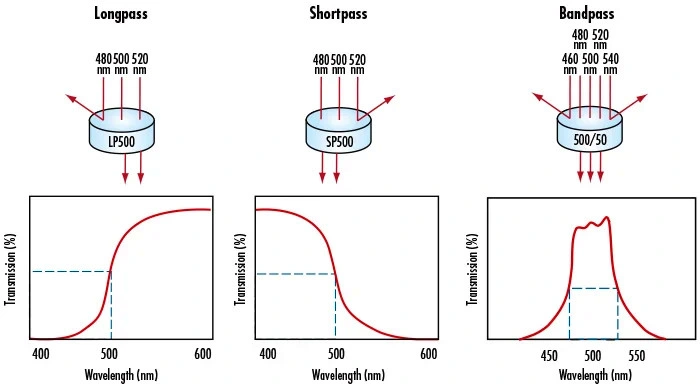

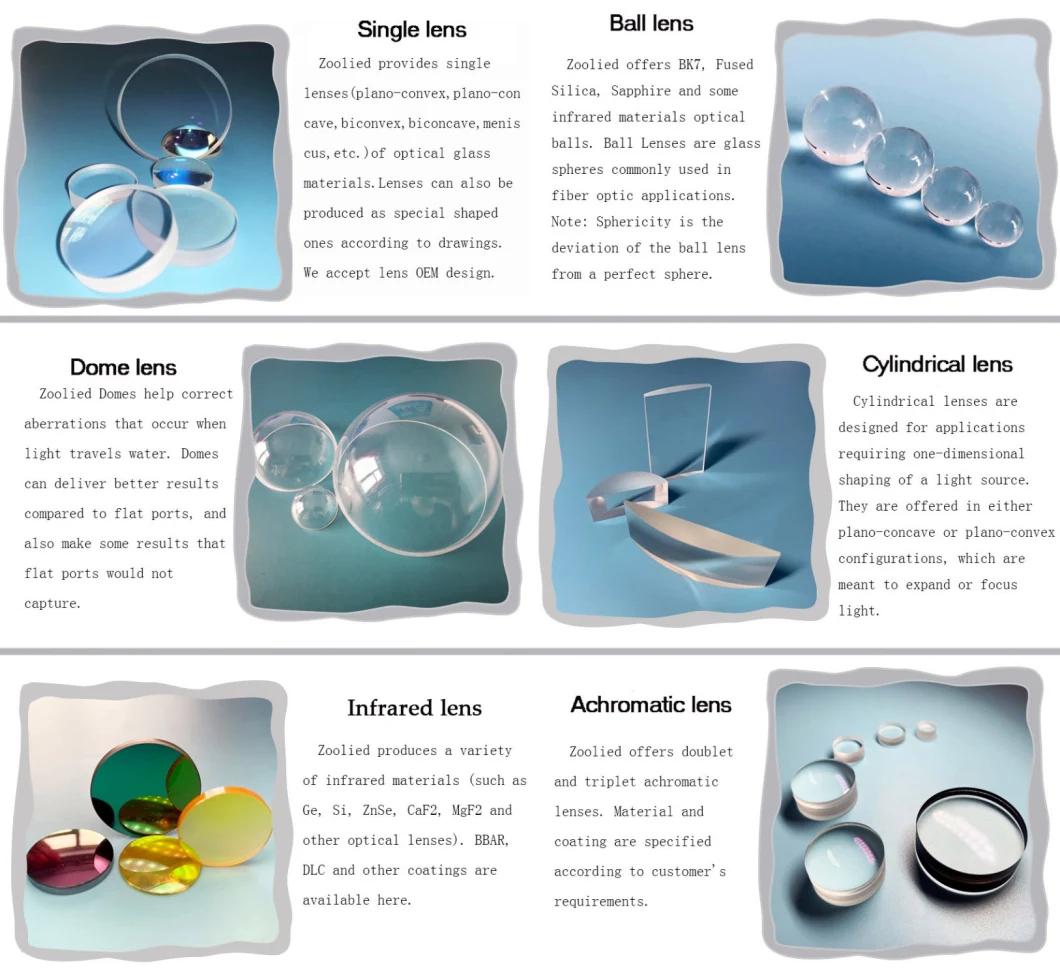

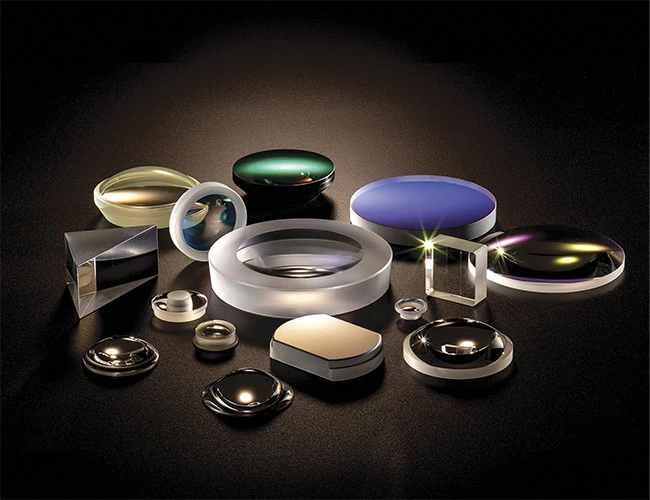

If you are interested in the product, contact 2bvideo.com for more information for more information
The information of 2bvideo.com limited shown above is provided by the user or collected on the network. Video 2B does not guarantee the authenticity,accuracy and legitimacy of 2bvideo.com limited information. Video 2B does not involve legal relationships and disputes between users arising from transactions other than secured transactions on this website. Disputes shall be settled by you through negotiation. If you are the person in charge or relevant employee of this enterprise, if you find that the enterprise information is incorrect or want to manage thiscompany, please contact us jacklee1558@gmail.com, after you claim the enterprise, you can obtain management permission, publish supplyand demand information, bring consulting orders, and remove page advertisements.
Main Product:
Optical lens,
Glass aspheric lenses,
Glass wafers ,
Prisms,
Car headlight lens glass,
Lens assembly